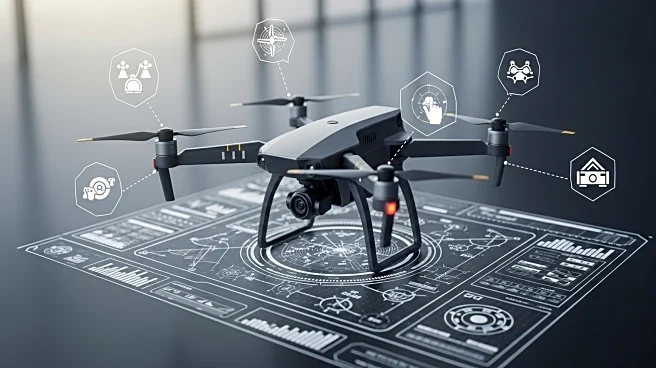What's Happening?
NASA has partnered with ResilienX, an aviation safety company, to develop new tools aimed at improving preflight planning and reducing safety risks for advanced air mobility (AAM) aircraft. These tools are designed to provide timely and predictive risk assessments on a single platform, enabling drone and air taxi operators to make informed decisions before takeoff. The collaboration includes a demonstration conducted at ResilienX's facility in Syracuse, New York, where the integration of these tools into commercial systems was evaluated. NASA has developed three specialized services that allow flight operators to submit flight plans, receive risk assessments, and decide whether to proceed or revise their plans. This initiative is part of NASA's System-Wide Safety project under the Airspace Operations and Safety program, which supports the advanced air mobility mission.
Why It's Important?
The development of these preflight planning tools is significant as it addresses the growing need for safety in the rapidly evolving field of advanced air mobility. As drones and air taxis become more prevalent, ensuring their safe operation is crucial to protect both passengers and people on the ground. The collaboration between NASA and ResilienX represents a proactive approach to integrating safety systems into next-generation airspace operations. This initiative not only enhances the safety of AAM aircraft but also supports the broader goal of integrating these vehicles into urban environments, potentially transforming transportation and logistics industries.
What's Next?
The tools developed through this collaboration are expected to undergo further testing and refinement to ensure their effectiveness in real-world scenarios. As the technology matures, it could lead to widespread adoption by commercial operators, paving the way for safer and more efficient air mobility solutions. Stakeholders in the aviation industry, including regulatory bodies and commercial operators, will likely monitor the progress of this initiative closely, as it could influence future regulations and standards for AAM operations.















